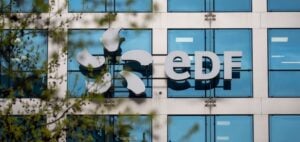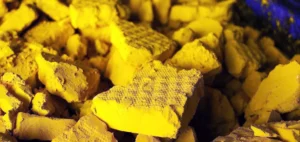The decision to install a 3rd pair of new EPR2 nuclear reactors on the site of the existing Bugey power plant (Ain), on the banks of the Rhône, is justified by “technical issues” to “keep to the timetables” for the nuclear revival promoted by the government, explained the Ministry of Energy Transition on Thursday.
New EPR reactors in France: Bugey site choice unveiled
The location of these reactors, which will be added to the first two pairs planned at Penly (Seine-Maritime) and Gravelines (Nord), was announced on Wednesday after a nuclear policy council convened by Emmanuel Macron. EDF had proposed that this third pair be installed on the banks of the Rhône, either at Bugey or at the site of the region’s other major power plant, Tricastin.
“The Bugey site was more ready than Tricastin, so it was a rational choice to keep to the schedule as soon as possible”, said Minister Agnès Pannier-Runacher’s office, citing “technical issues”.
“During the last few months of analysis, the Bugey site was chosen (…) as the one that would enable construction to be launched most quickly, since further studies are to be carried out on the Tricastin site,” the firm said.
President Macron has set a target of building six EPRs, the first two by 2035, with an option for a further eight. Questioned by journalists about the choice of a riverside rather than a seaside site, the Ministry referred to EDF’s work to adapt its fleet to climate change.
Global warming and power plants: EDF faces major challenges
For several years now, droughts and heatwaves have forced EDF to regularly reduce electricity production at some of its power plants, in order to reduce the discharge of hot water into lower-lying or already-warmed rivers (as the reactors pump the water to cool down before discharging it back hotter).
“EDF is working in close collaboration with the safety authorities to identify the most appropriate sites, so obviously the question of water supply and its continuity, even in the coming decades with global warming, is being looked at very closely,” added the ministry, which has been asked several times about the choice of the banks of the Rhône.
Reactor No. 3 at Bugey was shut down on Sunday due to rising river temperatures, according to EDF, which said on Wednesday that this was also linked to low electricity demand. On Tuesday, the power company announced potential new production cuts for this weekend at the site.






















